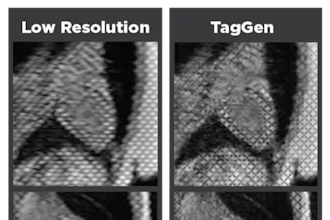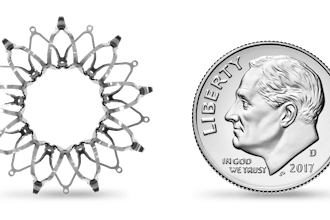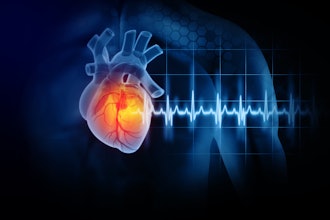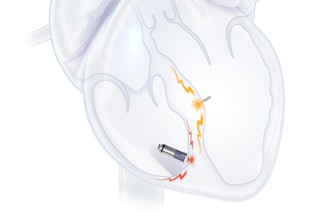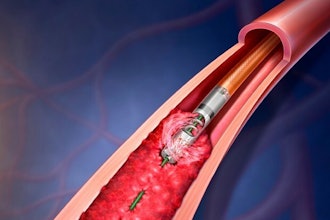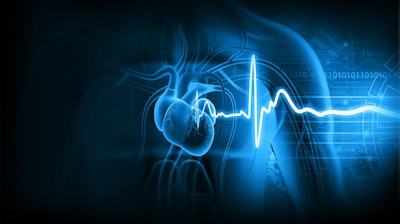
Cardionomic, a Minneapolis medical device company, announced initial enrollment in its STIM-ADHF Study. The study will evaluate therapy optimization and system management of the Cardiac Pulmonary Nerve Stimulation (CPNS) System in patients suffering from Acute Decompensated Heart Failure (ADHF), defined as new or worsening symptoms of heart failure. The first patient was enrolled by Martin Hudec, MD., PhD., Principal Investigator at SUSCCH, Banská Bystrica, Slovakia. Up to fifty patients are expected to be enrolled worldwide.
Cardionomic's treatment is founded on the principle that autonomic nerve stimulation improves hemodynamics. The Cardionomic CPNS System is comprised of a stimulation console and an endovascular catheter that delivers targeted stimulation to the pulmonary artery. Early studies have demonstrated that the CPNS System increases cardiac contractility in chronic heart failure patients without significantly changing heart rate.
"Cardionomic continues to gain clinical experience demonstrating cardiac neuromodulation and increasing contractility have the potential to become an important treatment for ADHF patients," said Steve Goedeke, President and Chief Executive Officer of Cardionomic, Inc.
"Outcomes for patients admitted for ADHF remain poor, having not significantly improved for decades. Current therapies, such as diuretics and inotropes, are limited as they primarily focus on symptom relief," said Martin Hudec, MD., PhD., Head of the Acute Cardiology Unit at the Cardio-Center in Banská Bystrica, Slovakia. "The CPNS System provides a novel approach by stimulating the nerve branches surrounding the right pulmonary artery with the goal of improving cardiac contractility to set a new hemodynamic baseline which addresses both the root cause and the symptoms of ADHF."
















